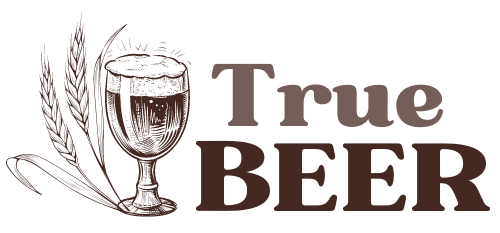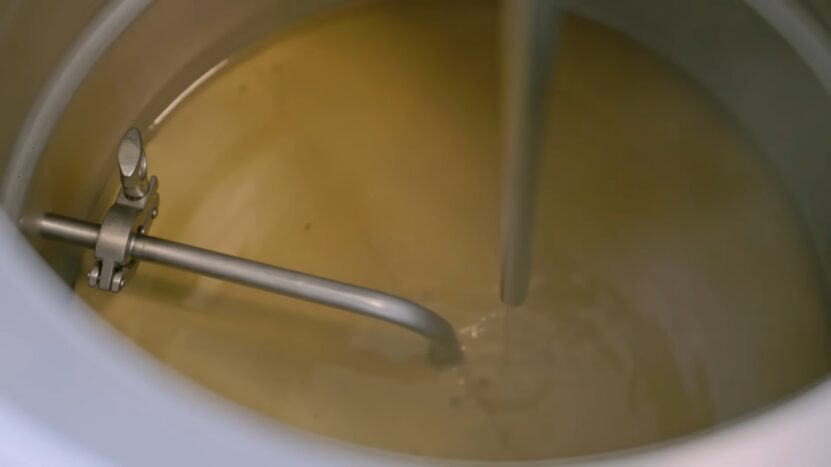Welcome to the world of brewing, where measurements matter. Whether you’re a seasoned brewer or a beginner, understanding how to convert units of measurement is crucial.
In this blog post, we’ll delve into a common question: “How many gallons is 128 oz?” But we won’t stop there. We’ll also explore the importance of accurate measurements in brewing and provide you with some handy conversion tools.
The brewing process is a delicate balance of science and art. It involves a series of steps, each requiring precision and attention to detail. One slight miscalculation can significantly alter the taste and quality of your brew. That’s why understanding measurements and conversions is so important.
In the U.S., brewers often use ounces (oz) and gallons as units of measurement. But how do these units relate to each other? And how can you easily convert between them? Let’s dive in and find out.
The Basics of Volume Measurement
Understanding Ounces and Gallons
Before we get into the conversion, let’s first understand what ounces and gallons are. An ounce is a unit of volume used in the U.S. customary and British imperial systems. It’s often used to measure liquid volumes, such as the volume of a beer or a cup of coffee.
A gallon, on the other hand, is a much larger unit of volume. It’s also used in the U.S. customary and British imperial systems, but it’s typically used to measure larger volumes, like the volume of a keg of beer or a tank of gas.
Understanding the relationship between these two units is key to making accurate conversions. And that’s where our main question comes in: “How many gallons is 128 oz?”
The Conversion Factor
The answer to our main question is quite straightforward: 1 gallon is equal to 128 ounces. Therefore, 128 oz is equivalent to 1 gallon. This conversion factor is a fundamental piece of knowledge for anyone working with these units of measurement.But why is this conversion factor so important? Well, it allows you to easily convert between ounces and gallons, which is crucial when you’re dealing with different volumes in brewing. For example, if you’re brewing a 5-gallon batch of beer, you’ll know that you’re dealing with 640 ounces of liquid.
Practical Applications in Brewing
Understanding this conversion factor is not just about answering a trivia question. It has practical applications in the brewing process. For instance, if a recipe calls for a certain number of ounces of water, but your brewing equipment measures in gallons, you’ll need to convert those ounces to gallons.
Here are a few examples:
- If a recipe calls for 256 oz of water, you’ll know that you need 2 gallons of water (since 256 oz is equivalent to 2 gallons).
- If a recipe calls for 640 oz of water, you’ll know that you need 5 gallons of water (since 640 oz is equivalent to 5 gallons).
Beyond Ounces and Gallons: Other Units of Measurement in Brewing
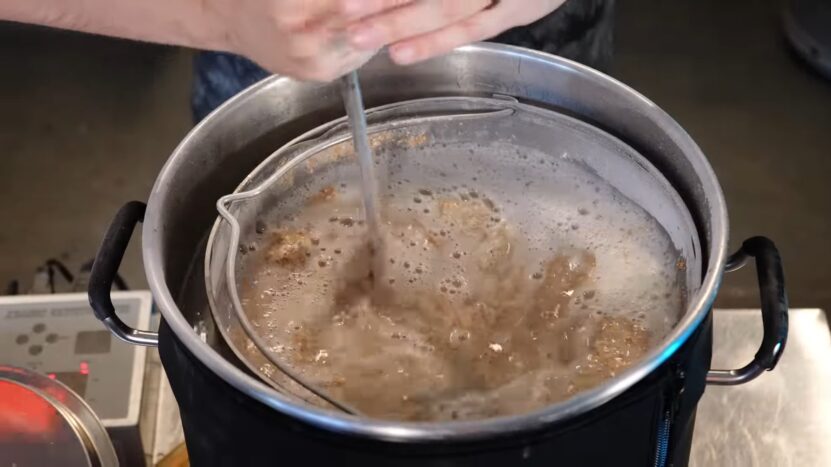
Pints and Quarts
While ounces and gallons are common units of measurement in brewing, they’re not the only ones. Pints and quarts are also frequently used, especially when dealing with smaller volumes.
Here’s how they relate to ounces and gallons:
| Unit | Equivalent in Ounces | Equivalent in Pints | Equivalent in Quarts | Equivalent in Gallons |
|---|---|---|---|---|
| Pint | 16 | – | 0.5 | 0.125 |
| Quart | 32 | 2 | – | 0.25 |
| Gallon | 128 | 8 | 4 | – |
Liters and Milliliters
In certain scenarios, you may come across brewing recipes or equipment that utilize metric units such as liters and milliliters. This is particularly prevalent when dealing with international recipes or equipment, or when measuring volumes for glasses, which are often specified in these units.
Here’s how these units relate to ounces:
| Unit | Equivalent in Ounces |
|---|---|
| Liter | 33.814 |
| Milliliter | 0.0338 |
Barrels
In commercial brewing, you might also encounter the unit “barrel.” This is a large unit of volume that’s specifically used in the beer and oil industries.
Here’s how it relates to gallons and ounces:
| Unit | Equivalent in Gallons | Equivalent in Ounces |
|---|---|---|
| Barrel (U.S.) | 31 | 3968 |
Tools for Volume Conversion
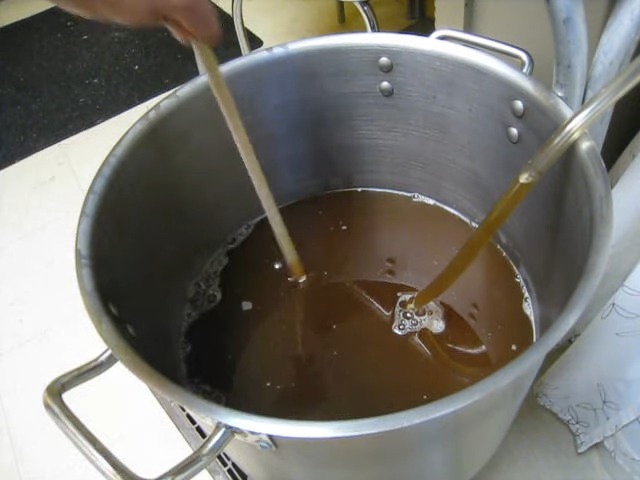
Conversion Tables
One of the easiest ways to convert between units of volume is to use a conversion table. This is a table that lists the equivalent values of different units of volume. For example, it might list how many ounces are in a pint, quart, gallon, liter, and so on.
Here’s a simple conversion table for the units we’ve discussed:
| Unit | Equivalent in Ounces |
|---|---|
| Pint | 16 |
| Quart | 32 |
| Gallon | 128 |
| Liter | 33.814 |
| Barrel (U.S.) | 3968 |
Conversion Calculators
Another useful tool for volume conversion is a conversion calculator. These are often available online and allow you to quickly and accurately convert between different units of volume. All you need to do is enter the value you want to convert and select the units you’re converting from and to.
Conversion Apps
Finally, there are also many conversion apps available for smartphones and tablets. These apps often include a wide range of conversion tools, including volume conversion. They’re a great tool to have on hand when you’re brewing, as they allow you to quickly and easily convert between different units of volume.
The Importance of Precision in Brewing
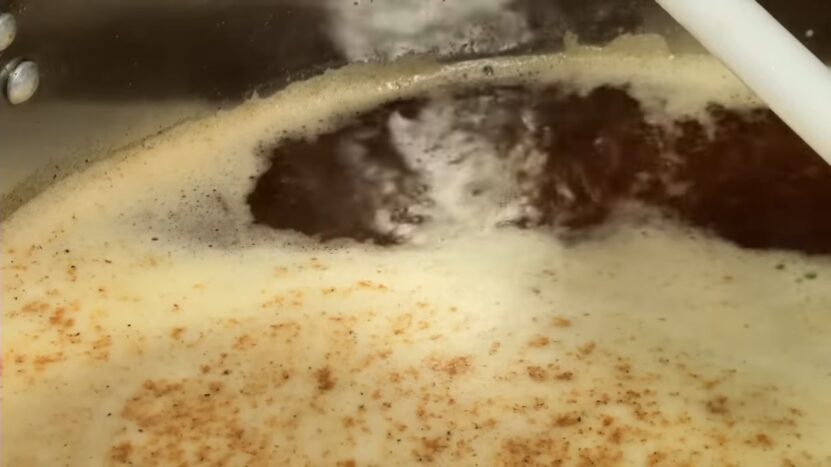
The Science of Brewing
Brewing is a science, and like any science, it requires precision. The process involves a delicate balance of ingredients, temperatures, and timings, all of which need to be carefully controlled to produce a quality brew.
For example, the amount of water you use in your brew can significantly affect its taste and strength. Too much water and your brew might be too weak; too little, and it might be too strong. That’s why it’s so important to measure your ingredients accurately, and why understanding volume conversions is so crucial.
The Art of Brewing
But brewing is not just a science; it’s also an art. It’s about experimenting with different ingredients and techniques to create unique and delicious brews. And just like in any art, precision is key.
For example, if you’re experimenting with a new recipe, you’ll need to measure your ingredients accurately to ensure that you can replicate your brew in the future. Or if you’re scaling up a recipe to produce a larger batch, you’ll need to accurately convert your measurements to ensure that your brew maintains its quality.
The Role of Equipment
Finally, the equipment you use in your brewing process can also affect your need for volume conversions. Different brewing equipment can measure volumes in different units, so you’ll need to be able to convert between these units to use your equipment effectively.
For example, your brewing kettle might measure volume in gallons, while your fermenter might measure volume in liters. Or your recipe might specify ingredients in ounces, while your measuring tools are marked in pints or quarts. In all these cases, understanding volume conversions can help you navigate these differences and brew with confidence.
Tips for Accurate Volume Measurement
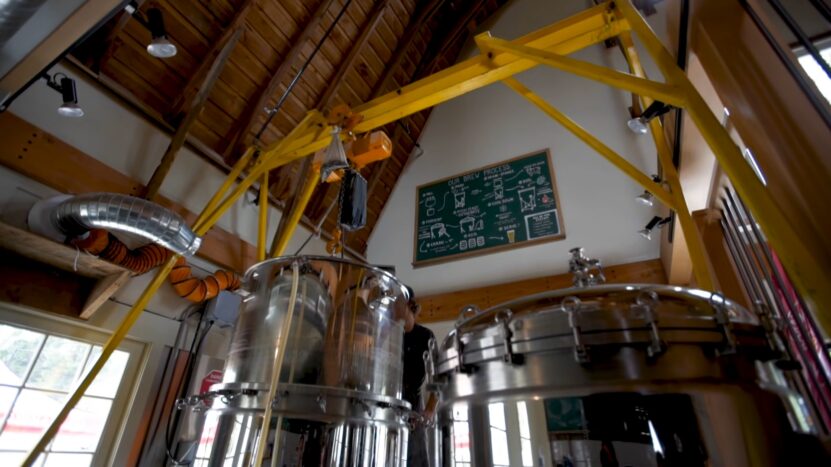
Use the Right Tools
When it comes to measuring volume, using the right tools is crucial. This might include measuring cups, measuring spoons, or graduated cylinders, depending on the volume you’re measuring.
Here are a few tips for using these tools effectively:
- Always use the right tool for the volume you’re measuring. For example, don’t use a tablespoon to measure a pint, or a measuring cup to measure an ounce.
- Make sure your measuring tool is clean and dry before you use it. Residue from previous measurements can affect your accuracy.
- When measuring liquids, always check the measurement at eye level. This will help you get the most accurate reading.
Know Your Recipe
Knowing your recipe is also crucial for accurate volume measurement. This means not only understanding the ingredients and steps but also the units of measurement used.
Here are a few tips for knowing your recipe:
- Make sure you understand all the units of measurement used in your recipe. If you’re not familiar with a unit, look it up or use a conversion tool to understand it.
- Pay attention to the order of the ingredients and steps. The order can often affect the volume measurements. For example, adding ingredients in a different order might require more or less water.
- If you’re unsure about a measurement, don’t hesitate to ask for help. There are many online brewing communities where you can ask questions and get advice.
Practice Makes Perfect
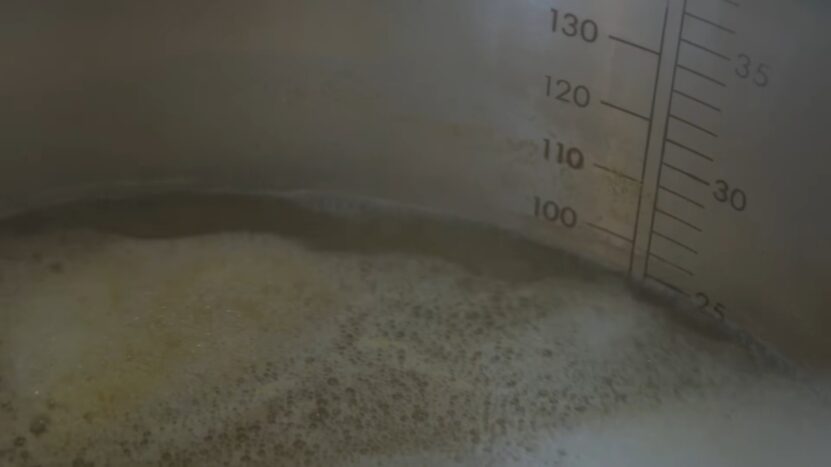
Finally, like any skill, accurate volume measurement takes practice. The more you brew, the more comfortable you’ll become with different units of measurement and conversions.
Here are a few tips for practicing your volume measurement skills:
- Try brewing different recipes that use different units of measurement. This will give you practice with different conversions.
- Practice measuring different volumes with your measuring tools. This will help you get a feel for different units of measurement.
- Don’t be discouraged if you make mistakes. Mistakes are a part of learning, and each mistake is an opportunity to improve.
Conclusion
In brewing, as in many other fields, understanding measurements and conversions is crucial. Whether you’re dealing with ounces, gallons, pints, quarts, liters, or barrels, knowing how to convert between these units can make your brewing process smoother and more accurate.
So, to answer our original question: “How many gallons is 128 oz?” The answer is 1 gallon. But as we’ve seen, this is just the tip of the iceberg when it comes to volume conversion in brewing.
Whether you’re a seasoned brewer or a beginner, I hope this guide has provided you with valuable insights into the world of volume conversion. Happy brewing!
